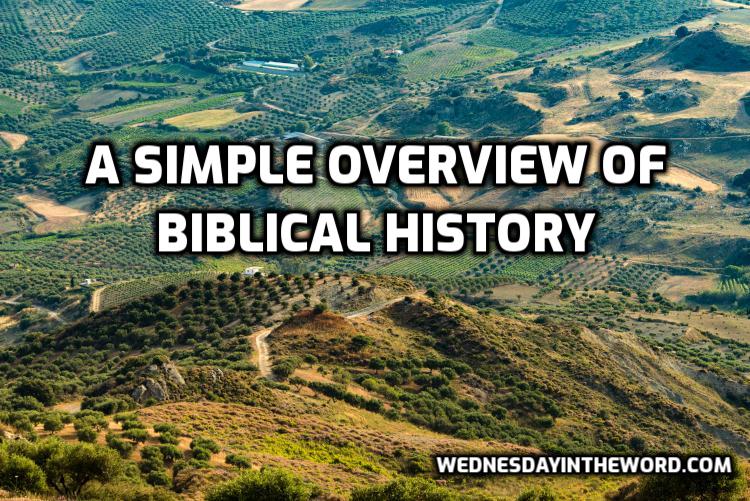
Sep 3, 2021 | 02 Library, Background & History
Whenever you study Scripture, it’s important to know where your particular passage fits into biblical history. As Karl Barth said: “The Bible is not a philosophical book, but a history book, the book of God’s mighty acts, in which God becomes knowable to us.” Here’s a simple overview of biblical history.

Feb 8, 2021 | 02 Library, Background & History
When the Old Testament ends, Israel is under control of the Persian empire. When the New Testament begins, Israel is under Roman control. The switch occurred because of Alexander the Great. This historical background helps explain the political situation at the time of the New Testament.

Sep 8, 2020 | 02 Library, Background & History, Introductions
The period of the divided kingdom ended with the people of Israel being taken into captivity. First, the people of the northern kingdom were conquered by Assyria, leaving Judah to struggle on alone. Finally, the southern kingdom of Judah was conquered by the Babylonians, leaving all the children of Israel in exile from the land. Here is an overview and timeline of the exile of Israel and her return from captivity.

Aug 19, 2020 | Collections
Background, historical and cultural information to help you study the bible.




 Krisan Marotta is a Bible teacher and host of Wednesday in the Word, the podcast about what the Bible means and how we know.
Krisan Marotta is a Bible teacher and host of Wednesday in the Word, the podcast about what the Bible means and how we know.